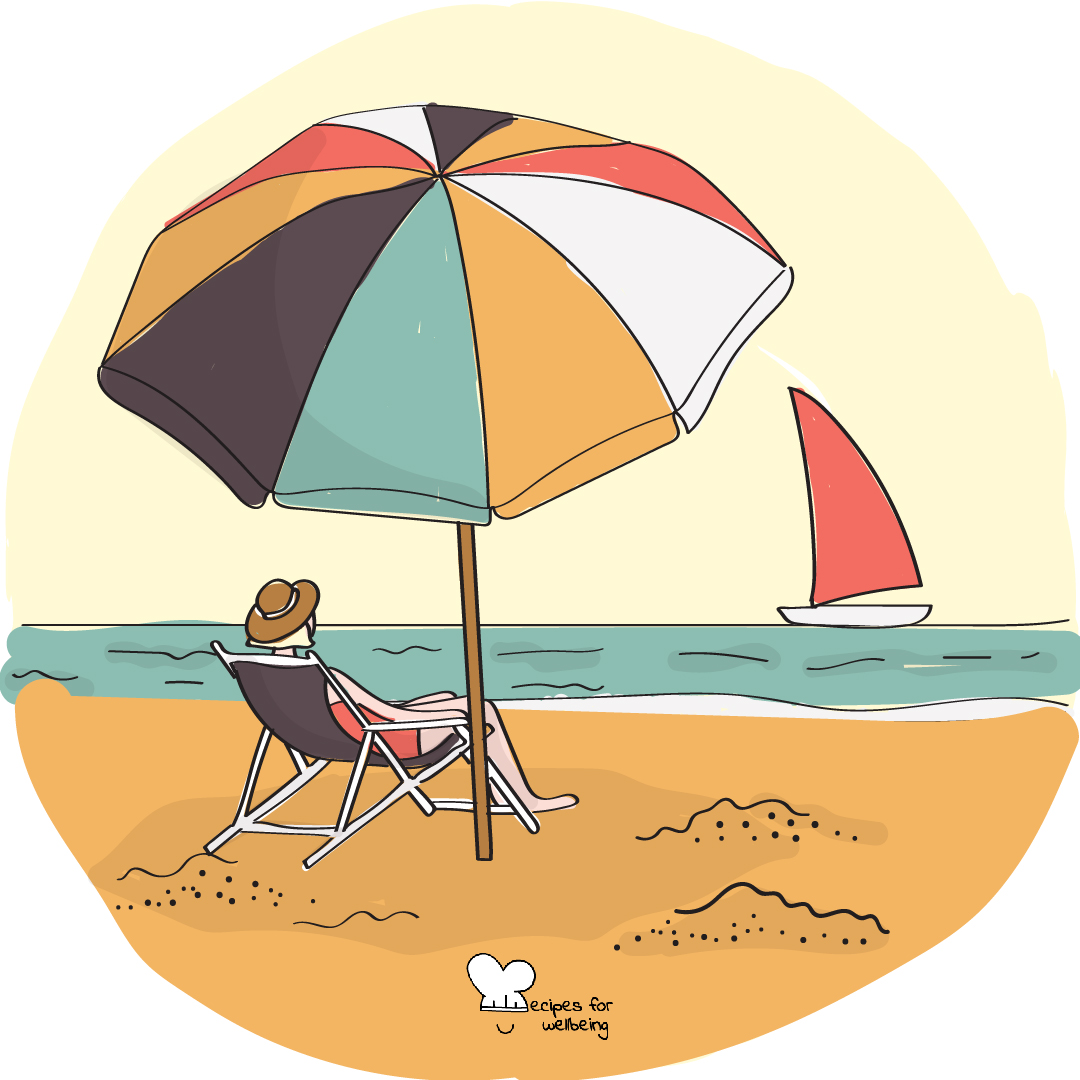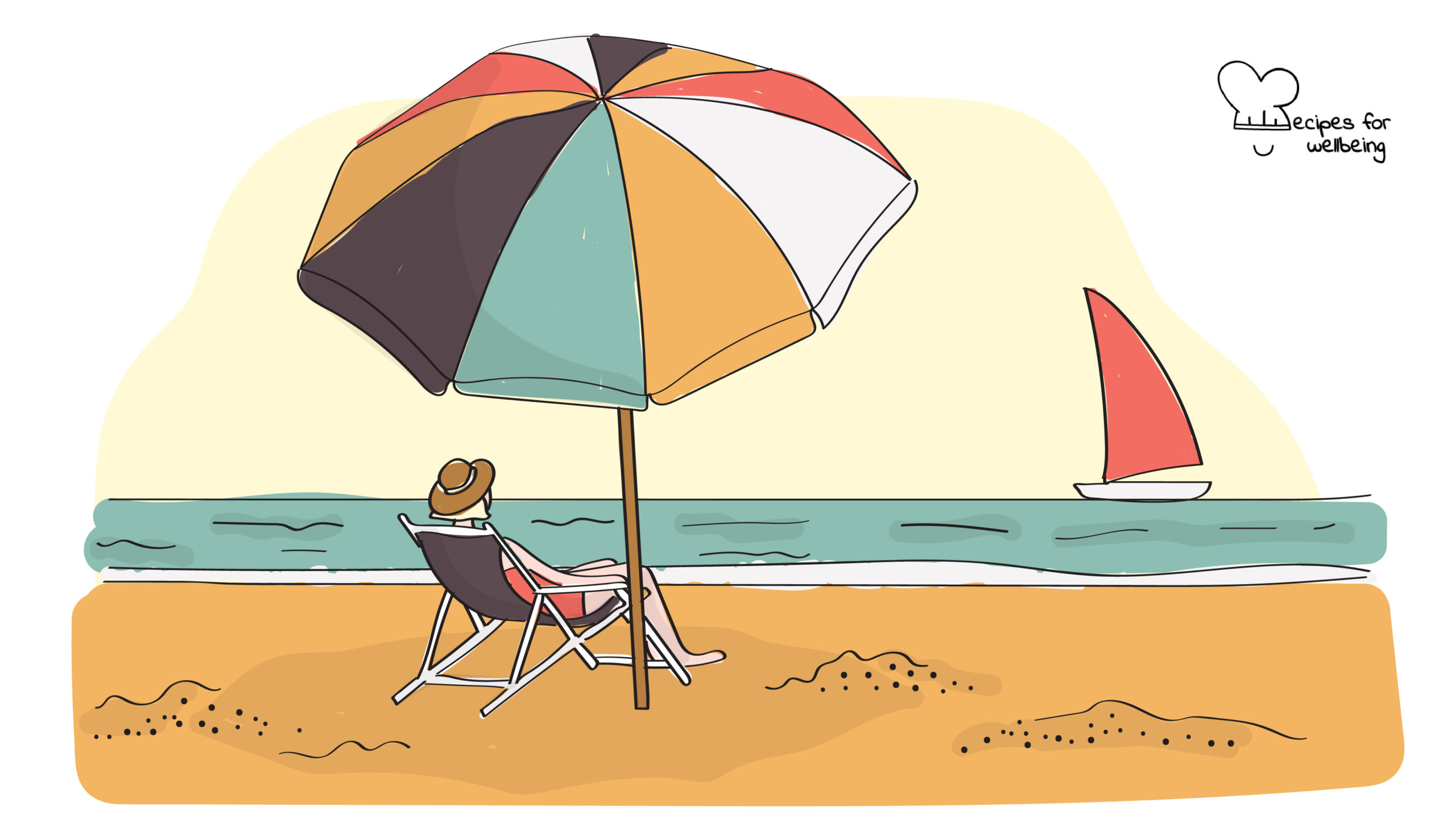
Seizing the day
In the moment of our talking,
envious time has ebb’d away.
Seize the present; trust tomorrow
e’en as little as you may.
―Horace
👥 Serves: 1 person
🎚 Difficulty: Medium
⏳ Total time: 31-60 minutes
🥣 Ingredients: 1 sheet of paper, 1 pen, a quiet place with no distractions, “Carpe Diem Regained” book by Roman Krznaric (if you’re curious to find out more about it!)
🤓 Wholebeing Domains: Accomplishments, Meaning, Positive Emotion
💪 Wholebeing Skills: Ambition, Assertiveness, Fulfilment, Pleasure, Purpose, Reframing, Zest

Seizing the day
📝 Description
Carpe diem.
We would like to invite you to adopt a different perspective when reflecting on the overly famous phrase carpe diem (which comes from a poem by the Roman poet Horace). For many people it is a life motto that encourages them to do whatever they feel like doing, as if they only had 24 hours left to live. But carpe diem is much more than some sort of mindless frenzy to tick off as many items as possible from your bucket list. In fact, modern day philosopher and author Roman Krznaric defines it as a life philosophy that reminds us that we are the writers of our own story and at the same time that our story has an end. Then the real question behind these two words is: “If today were the last day of your life, would you want to do what you are about to do today?”
As a changemaker, can you look in the mirror and answer honestly that you are fulfilling your life purpose by doing things that you really care about and that serve others? In other words, are you making a choice to embody your values, each day that passes? And do you also remain open to receiving life as it unfolds to you? Answering these questions seems an impossible task to many, partly because we have ascribed (often unconsciously) to the “myth of busy” promoted by our hyperfast consumer culture that is extremely creative at coming up with new ways to keep us distracted from what really matters in life. The result? Fewer people seize the day and do things spontaneously, and more people stress out and are at risk of burnout.
The following activity has been inspired by Roman Krznaric’s latest book Carpe Diem Regained with the intention of helping you gain clarity on the things that are important to you and making a commitment to pursuing them. Even if you think you have a clearly defined changemaker purpose, we invite you to take a moment to pause: you might find it useful to question whether it still makes your heart sing and to reflect on whether you are bringing it to life each day ― effectively manifesting the carpe diem philosophy. You can do this completely alone or with others (answer the questions individually and take extra time at the end to share your answers and build accountability amongst you).
👣 Steps
Step 1 – Question 1 (15’)
Find a quiet and comfortable space where you will be undisturbed for the next hour or so. Take pen and paper and reflect on the following question: “If you decided to ‘live as if there is no tomorrow’ today, what would you do?” Do not rush it, take your time. Jot down any thoughts, feelings, and ideas that emerge within you. You can use words or images ― whatever feels right to you.
Step 2 – Question 2 (15’)
When the fifteen minutes are up (if you need more time, please do take it!), move to the second question: “What is stopping you from doing what you want to do today? Are there things you need to get rid of or let go of before you can move forward?”
Step 3 – Question 3 (15’)
Whenever you are ready, move onto the third question: “What first step(s) could you take?”
Step 4 – Question 4 (15’)
Finally, answer the last question: “Imagine taking that first step today. What would that feel like?”
Step 5 – Sharing (30’)
[OPTIONAL] If doing this with someone else, take it in turns to share a bit about your journey through these questions. It is up to you how much (or how little) you share with your partner, but make sure you share enough for the other to hold you accountable. Whenever you listen to your partner sharing, be fully present for them. If you do not know how, we invite you to check out our recipe “Active listening”. You may also want to meet up again after a few weeks to check on each other’s progress.

